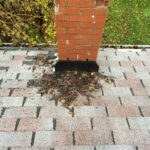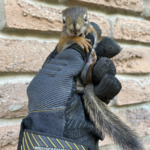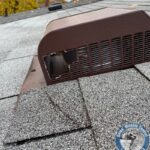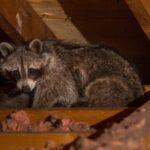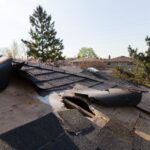Raccoons are intelligent and adaptable animals that are able to thrive in a variety of environments. Many people assume that raccoons hibernate during the winter, but this is actually not the case. Here is what raccoons do in the winter:
- Raccoons do not truly hibernate. Hibernation is a state of deep sleep in which an animal’s body temperature, heart rate, and breathing rate decrease in order to conserve energy. Raccoons do not enter this state, and they do not significantly lower their body temperature.
- Instead of hibernating, raccoons will den up in a warm and sheltered place during the coldest parts of the winter. Raccoons often choose to live in attics because they provide warmth, shelter, and a safe place to raise their young in the upcoming Spring. Attics are also typically quiet and secluded, which can be attractive to raccoons.
- Raccoons will eat a variety of foods in the winter, including fruits, nuts, insects, and small mammals. They are opportunistic feeders, so they will eat whatever food is available to them. They may also cache, or store, food for later use.
- Raccoons may become less active in the winter, as they try to conserve energy. They may sleep for longer periods of time, or move around less. However, they are not true hibernators, so they will still need to find food and shelter during the winter months.
In summary, raccoons do not hibernate during the winter. They use a variety of strategies, such as denning and caching food, to survive the cold weather. It is important for homeowners to take steps to prevent raccoons from living inside their attic, even at this time of year. Removing the raccoons now, will prevent long term damage caused by a full winter of the wild animal living inside your home.


